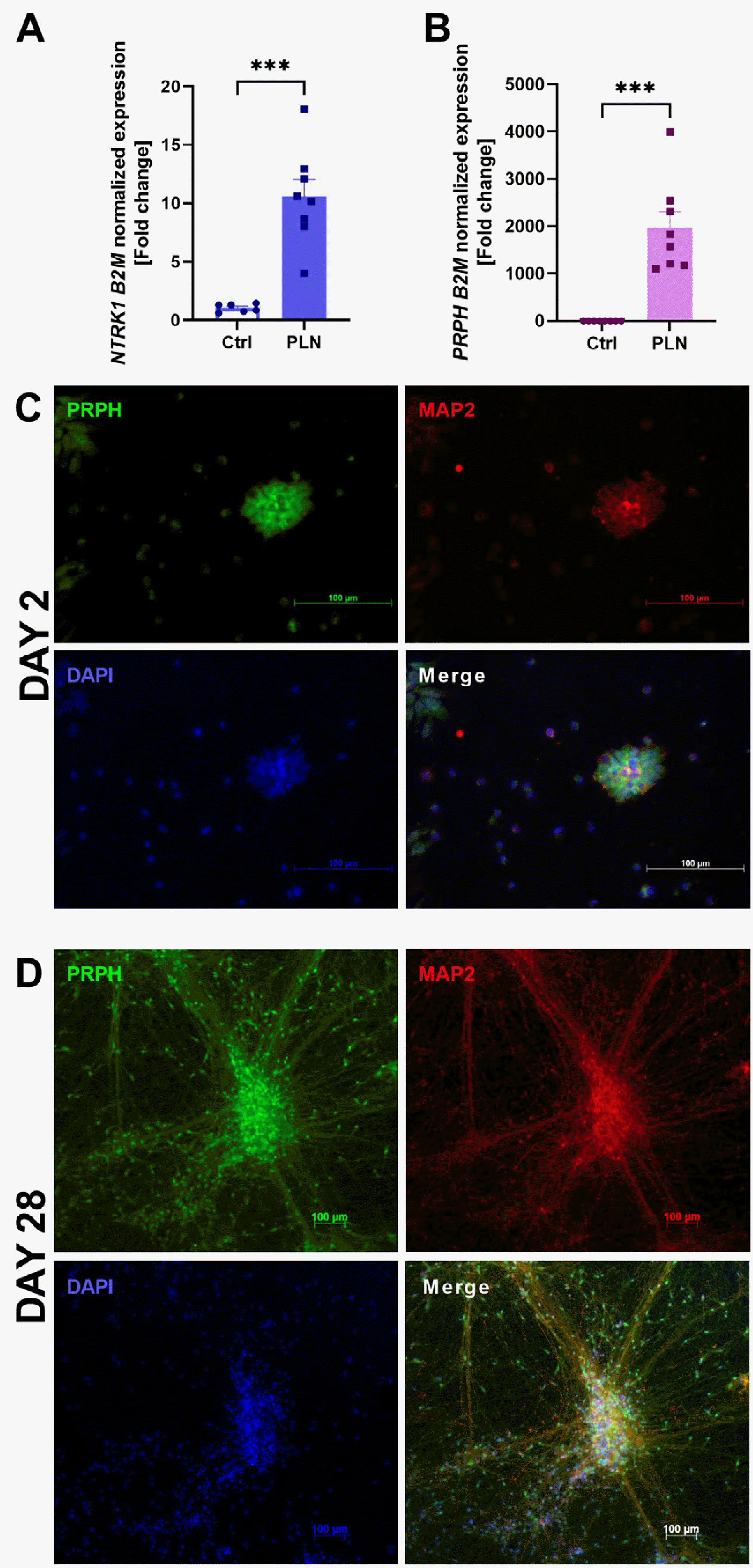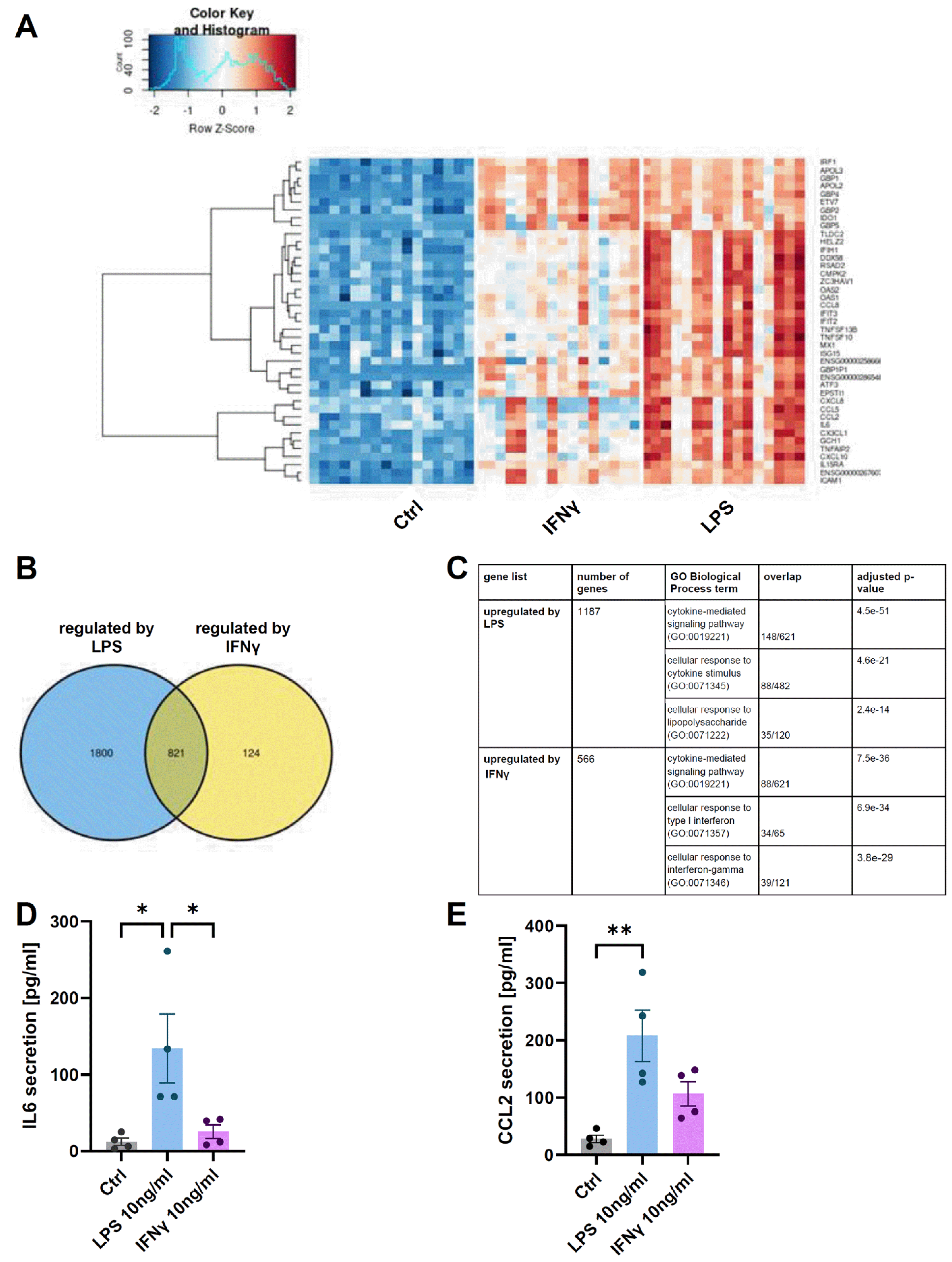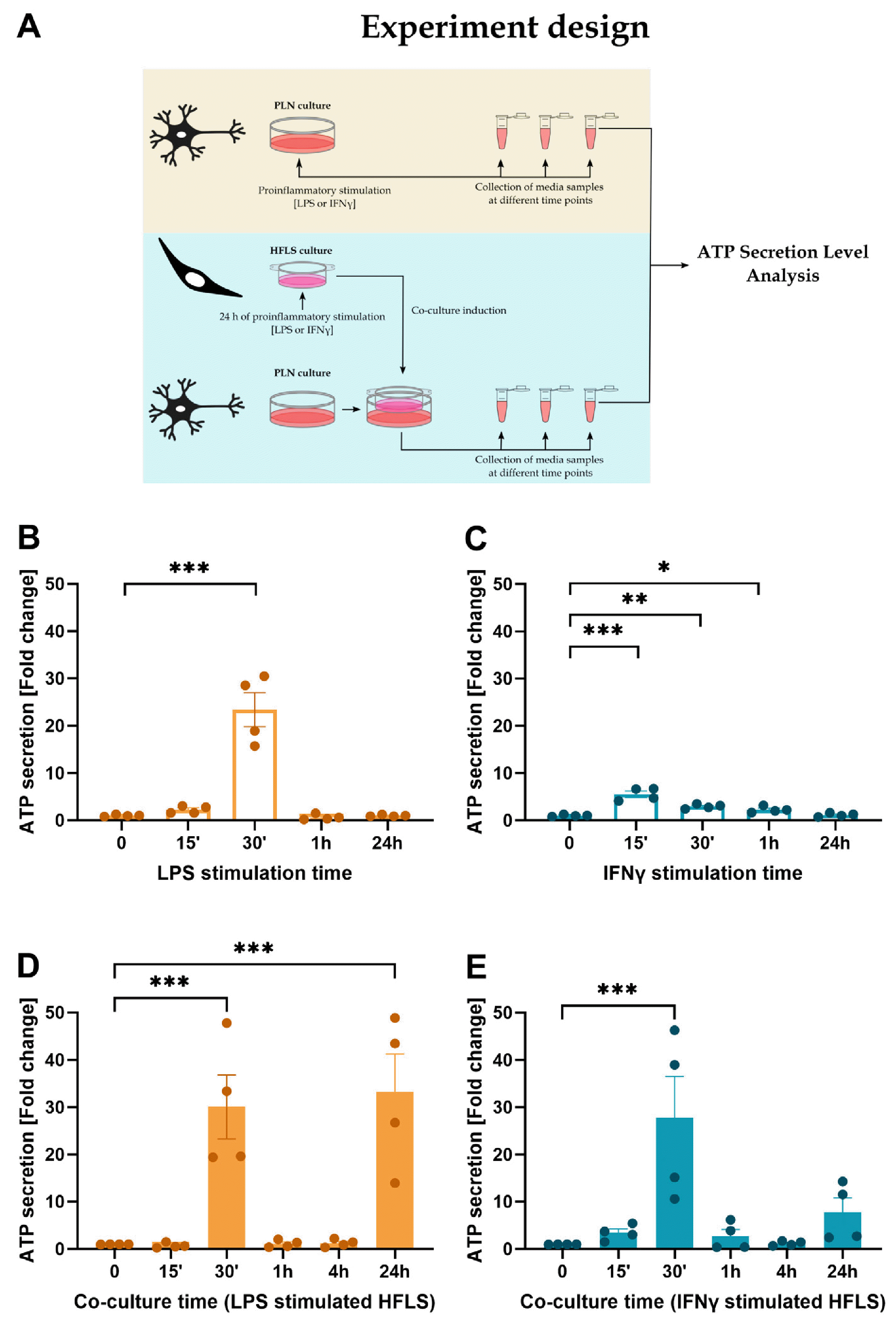1. de Sousa EB, Casado PL, Moura Neto V, Duarte ME, Aguiar DP. 2014; Synovial fluid and synovial membrane mesenchymal stem cells: latest discoveries and therapeutic pers-pectives. Stem Cell Res Ther. 5:112. DOI:
10.1186/scrt501. PMID:
25688673. PMCID:
PMC4339206.

2. Grässel SG. 2014; The role of peripheral nerve fibers and their neurotransmitters in cartilage and bone physiology and pathophysiology. Arthritis Res Ther. 16:485. DOI:
10.1186/s13075-014-0485-1. PMID:
25789373. PMCID:
PMC4395972.

6. Zhao H, Sun P, Fan T, Yang X, Zheng T, Sun C. 2019; The effect of glutamate-induced excitotoxicity on DNA methylation in astrocytes in a new
in vitro neuron-astrocyte-endothelium co-culture system. Biochem Biophys Res Commun. 508:1209–1214. DOI:
10.1016/j.bbrc.2018.12.058. PMID:
30558794.

7. Marcotti A, Miralles A, Dominguez E, et al. 2018; Joint nociceptor nerve activity and pain in an animal model of acute gout and its modulation by intra-articular hyaluronan. Pain. 159:739–748. DOI:
10.1097/j.pain.0000000000001137. PMID:
29319609. PMCID:
PMC5895116.

8. Calvo-Garrido J, Winn D, Maffezzini C, et al. 2021; Protocol for the derivation, culturing, and differentiation of human iPS-cell-derived neuroepithelial stem cells to study neural differentiation
in vitro. STAR Protoc. 2:100528. DOI:
10.1016/j.xpro.2021.100528. PMID:
34027486. PMCID:
PMC8121988.
9. Alshawaf AJ, Viventi S, Qiu W, et al. 2018; Phenotypic and functional characterization of peripheral sensory neurons deri-ved from human embryonic stem cells. Sci Rep. 8:603. DOI:
10.1038/s41598-017-19093-0. PMID:
29330377. PMCID:
PMC5766621.

10. Lowin T, Zhu W, Dettmer-Wilde K, Straub RH. 2012; Cortisol-mediated adhesion of synovial fibroblasts is dependent on the degradation of anandamide and activation of the endocannabinoid system. Arthritis Rheum. 64:3867–3876. DOI:
10.1002/art.37684. PMID:
22933357.

12. Xie Z, Bailey A, Kuleshov MV, et al. 2021; Gene set knowledge discovery with Enrichr. Curr Protoc. 1:e90. DOI:
10.1002/cpz1.90. PMID:
33780170. PMCID:
PMC8152575.

14. Hui AY, McCarty WJ, Masuda K, Firestein GS, Sah RL. 2012; A systems biology approach to synovial joint lubrication in health, injury, and disease. Wiley Interdiscip Rev Syst Biol Med. 4:15–37. DOI:
10.1002/wsbm.157. PMID:
21826801. PMCID:
PMC3593048.

18. Yuan A, Sasaki T, Kumar A, et al. 2012; Peripherin is a subunit of peripheral nerve neurofilaments: implications for differential vulnerability of CNS and peripheral nervous system axons. J Neurosci. 32:8501–8508. DOI:
10.1523/JNEUROSCI.1081-12.2012. PMID:
22723690. PMCID:
PMC3405552.

19. Sleigh JN, Dawes JM, West SJ, et al. 2017; Trk receptor signaling and sensory neuron fate are perturbed in human neuropathy caused by
Gars mutations. Proc Natl Acad Sci U S A. 114:E3324–E3333. DOI:
10.1073/pnas.1614557114. PMID:
28351971. PMCID:
PMC5402433.
21. Han D, Fang Y, Tan X, et al. 2020; The emerging role of fibroblast-like synoviocytes-mediated synovitis in osteoarthritis: an update. J Cell Mol Med. 24:9518–9532. DOI:
10.1111/jcmm.15669. PMID:
32686306. PMCID:
PMC7520283.

22. Ai M, Lin S, Zhang M, et al. 2021; Cirsilineol attenuates LPS-induced inflammation in both
in vivo and
in vitro models via inhibiting TLR-4/NFkB/IKK signaling pathway. J Bio-chem Mol Toxicol. 35:e22799. DOI:
10.1002/jbt.22799. PMID:
33949057.

24. Köles L, Leichsenring A, Rubini P, Illes P. 2011; P2 receptor signaling in neurons and glial cells of the central nervous sys-tem. Adv Pharmacol. 61:441–493. DOI:
10.1016/B978-0-12-385526-8.00014-X. PMID:
21586367.

26. Rothbauer M, Höll G, Eilenberger C, et al. 2020; Monitoring tissue-level remodelling during inflammatory arthritis using a three-dimensional synovium-on-a-chip with non-invasive light scattering biosensing. Lab Chip. 20:1461–1471. DOI:
10.1039/C9LC01097A. PMID:
32219235.








 PDF
PDF Citation
Citation Print
Print



 XML Download
XML Download